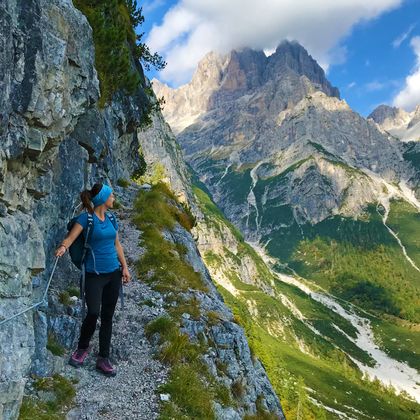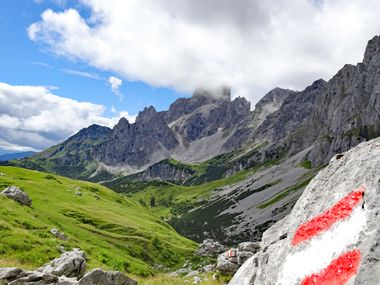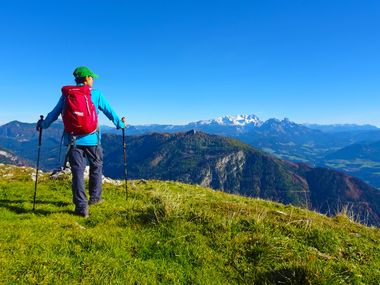The anticipation of the next hiking holiday is great, the hiking backpack is packed, the hiking snack is prepared and the hiking boots are laced. Then you are more or less ready to start, right? But before you take off on your next hike, you should definitely pay attention to the weather forecast before the start of your tour. In order to avoid a dangerous situation on the mountain, checking the weather needs to be one of your fixed points before a hike.
On our HikingBlog, we will tell you how to recognise and interpret the signs in the sky and how to read the weather correctly. With a little knowledge of the weather, you will feel even safer when hiking in beautiful nature.








